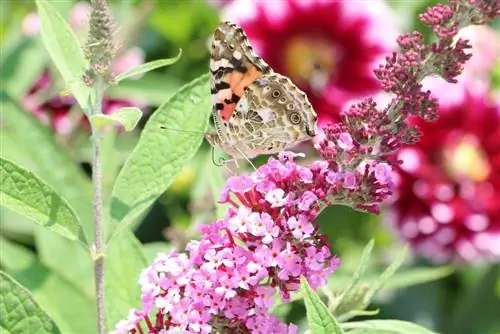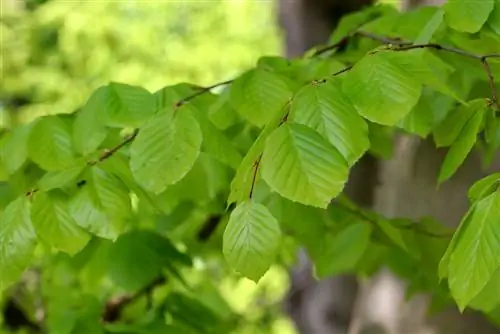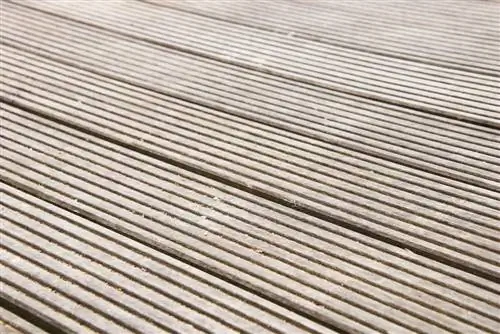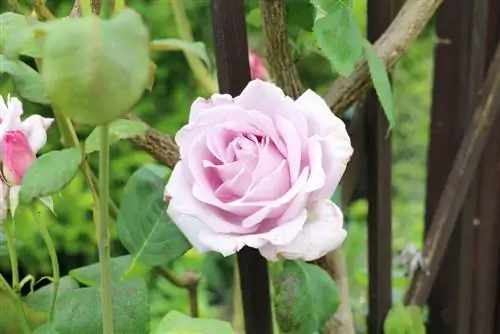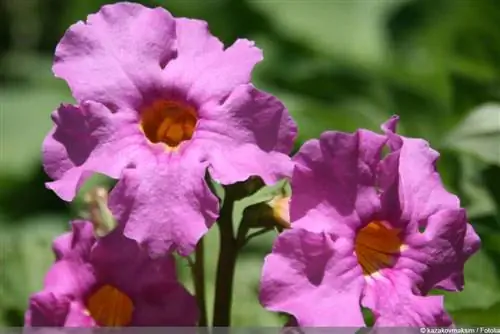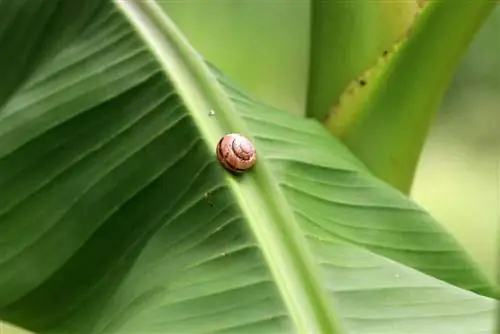- Author admin [email protected].
- Public 2023-12-17 03:39.
- Last modified 2025-01-24 12:45.
It is not without reason that the buddleia is becoming increasingly popular among hobby gardeners and for planting in public green spaces. The robust ornamental shrub is not only decorative, but also extremely easy to care for. The shrub can reach a height of up to 2 meters and a diameter of up to 1 meter and therefore fits perfectly into smaller gardens. In addition, the buddleia is completely non-toxic and is therefore also suitable for family gardens or for planting in kindergartens and schools. The mostly purple flower spikes adorn the shrub from July to October. But among the approximately 100 different species there are also white, yellow, pink or blue flowering variants.
Selection of location and soil conditions
The buddleia is a robust and easy-to-care garden shrub that is also suitable for beginners if a few basic rules are followed when choosing a location and the right soil conditions. The buddleia or butterfly lilac prefers warm, peripheral places in the garden where it can develop to its full size and splendor and is ideal as a solitary plant. It thrives in sunny places or in partial shade and can therefore be used very flexibly in garden design. It is best to have the plants in a place that is slightly sheltered from the wind, as the delicate branches can easily bend. The buddleia is also ideal as a potted plant on terraces or roof gardens if the correct care instructions are followed. Buddleia does not thrive on very moist and heavy soil. Instead, the ideal soil for the buddleia is:
- light and permeable
- dry
- nutritious
- sour to chalky
Pouring
Even if the buddleia prefers dry locations, it needs to be watered regularly, especially after planting and in summer. It should be kept moist without standing in water after watering. Chalky water is ideal for care. Normal rainwater is usually sufficient. If you like, you can enrich the water with a little lime. In spring, light fertilization with nitrogen-containing fertilizer ensures that the plant thrives.
pruning
The buddleia does not necessarily need to be cut back and, if necessary, thrives without being cut back. However, experienced gardeners cut back the buddleia as needed in summer or winter. While summer pruning ensures better flower formation, winter pruning serves to rejuvenate the plant and ensure an increased lifespan. This is how optimal winter pruning is done:
- the optimal time is between November and March
- cut only on frost-free days, when the weather is not too sunny
- all branches are cut back, last year's branches are shortened to 5 cm
- radical cutting back is also possible
- cut back all old wood on older plants, only young shoots remain
Wintering
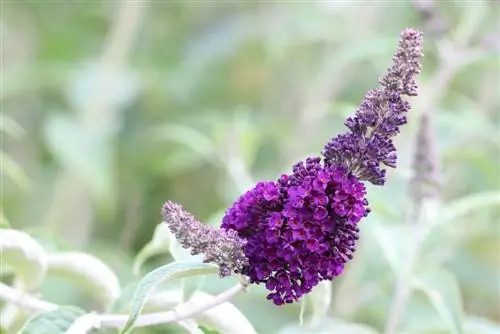
The butterfly lilac is a hardy plant. Protective measures against frost are only necessary for young plants because their roots have not yet developed any frost protection. To protect the plants from frost, it is sufficient to cover the root area with brushwood and leaves. Young buddleias that are kept as container plants can also overwinter in a cool room.
Pest Control
If the buddleia is attacked by pests, they are usually leaf bugs. The small green ones are very difficult to see, but can seriously damage the ornamental shrub. This is how leaf bugs and other pests can be controlled:
- Apply soft soapy water to the affected areas
- A treatment in the early hours of the morning achieves the best effect
- If necessary, the treatment can be repeated after a week
- If the soft soap lye treatment does not help, you can also use neem oil
Viruses can also damage buddleia. A virus infection can be recognized by curled leaves with yellow spots. Unfortunately, there are no effective methods to combat virus infestation, so the buddleia can usually no longer be saved.
Propagation and breeding
Buddleia is easy and problem-free to propagate. The annual shoots of the lilac are used for this purpose.
- the approximately 15 cm long tips of the annual shoots are cut off
- the flowers and the lower leaf are removed
- To facilitate root formation, shorten the remaining leaves by approximately half
- For optimal rooting, place the cuttings in a special substrate (charcoal can also be used as an alternative)
As soon as the first small roots are visible, the cuttings are grown:
- plant the cuttings in a flower pot with a sand-peat mixture
- After planting, water the cuttings well and put a glass hood over the pot (this creates optimal growing heat)
- To avoid mold growth, regular ventilation is essential
- Regular watering and a location protected from direct sunlight ensures that the cuttings are rooted until autumn
- In autumn the young plants can be put in garden soil
- In the first three years, the young buddleia should be protected from frost in winter by sticks or leaves
What you should know in brief
The buddleia is an extremely colorful and decorative ornamental shrub that is suitable for beginners and experienced hobby gardeners alike thanks to its robustness and ease of care. With the right care, the shrub will bring joy with its magnificent flowers and delicate scent for many years to come. In the garden or as a container plant, the buddleia is ideal as a solitary plant that can be propagated and grown even without much experience.
- The buddleia prefers a full sun to partially shaded location
- in dry, acidic to calcareous soil
- the soil should be humus and permeable
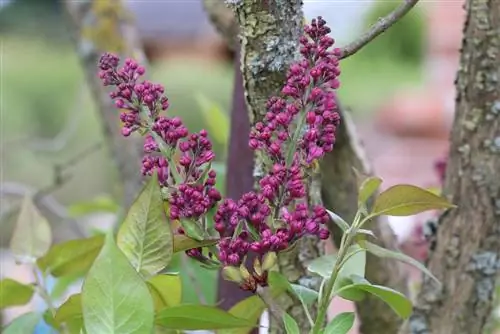
Although the buddleia prefers to be dry, it is very important to water the plant abundantly and often after planting, even in rainy weather. Chalky water is preferred for watering. If necessary, add some lime to rainwater.
- Planting should only be done in spring, as the buddleia is somewhat sensitive to frost.
- For this reason, you should cover the root area thickly with compost or bark mulch in winter.
- The buddleia should only be cut in spring.
- In autumn, only cut off annoying side shoots and those that have faded.
Propagation is very easy using cuttings that are cut from slightly woody (annual) shoots. Cut the shoots to a length of 15-20 cm, remove the leaves and place them in a sandy substrate. Only one or two eyes should be visible at the top. Tense air promotes root formation and protects the cuttings from drying out. In the first year, plants grown from cuttings are better overwintered frost-free at approx. 5 °C.
Tip:
The most famous variety is Buddleja Davidii, commonly known as butterfly bush. This variety is the most robust of all and blooms profusely in the colors white, violet, blue, pink, crimson, pink or even red.

